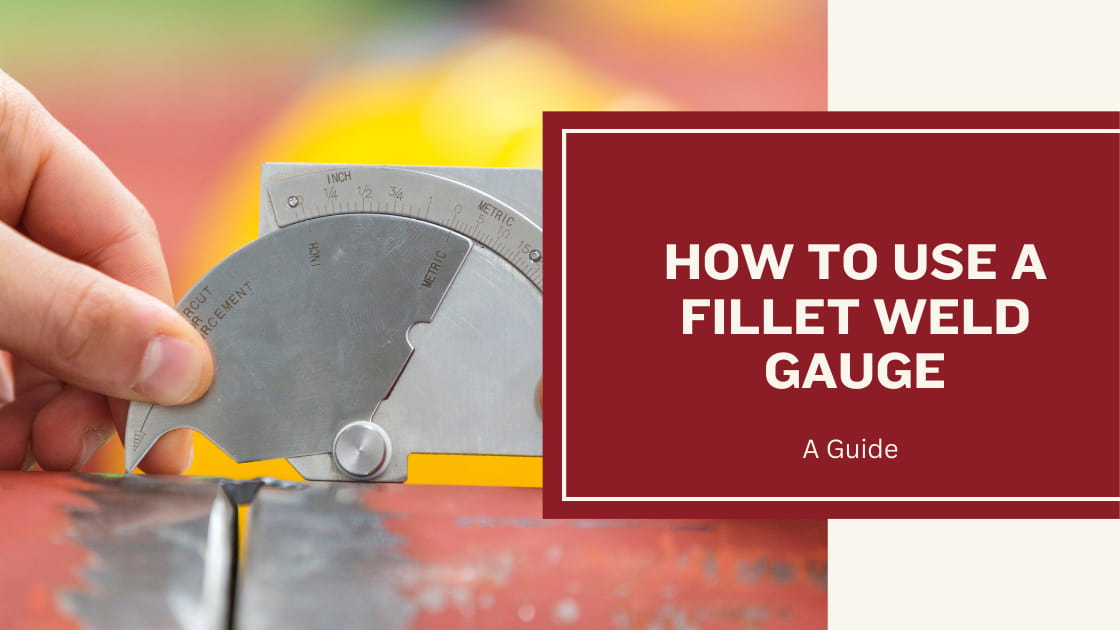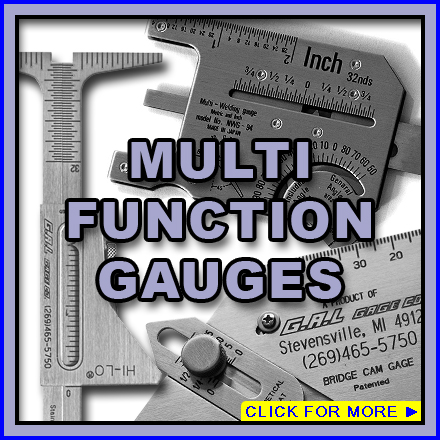Top Strategies for Measuring Gauge Fillet Weld Precisely
Top Strategies for Measuring Gauge Fillet Weld Precisely
Blog Article
Fillet Weld Layout Methods: Enhancing Joint Efficiency and Appearance for Structural Stability
In the world of architectural engineering and fabrication, the relevance of fillet weld design approaches can not be overemphasized. By diligently taking into consideration variables such as weld account optimization, material option, joint prep work techniques, welding process effectiveness, and visual enhancement methods, makers and engineers can attain a harmonious balance in between performance and look in their bonded structures.
Weld Account Optimization

Achieving an optimum weld account includes a careful consideration of variables such as material density, joint configuration, welding setting, and desired welding speed. Additionally, the choice of ideal welding parameters, such as voltage, existing, and travel rate, is fundamental in controlling the form and dimensions of the fillet weld. Making use of innovative welding techniques, such as pulse welding or robot welding, can even more refine the weld profile to satisfy certain design demands and high quality standards.
Basically, weld profile optimization is a basic aspect of fillet weld design that directly affects the general efficiency and reliability of welded joints in architectural applications.
Material Choice Factors To Consider
When thinking about product option for fillet weld design, the compatibility of the base metals is a crucial aspect influencing the architectural stability of the joint. It is necessary to select products that not just weld together efficiently however likewise possess comparable mechanical properties to guarantee the tons is equally dispersed in between the base and the weld metals. Welding materials with greatly different residential or commercial properties can cause problems such as tension focus, early joint failure, or breaking.
Additionally, the setting in which the welded framework will operate must be taken right into account when selecting materials. Aspects like corrosion resistance, temperature level changes, and direct exposure to chemicals can all influence the durability and performance of the weld joint. By picking materials that appropriate for the desired application and environment, the overall durability and dependability of the welded joint can be significantly improved.
As a result, detailed factor to consider of product compatibility and ecological factors is vital in ensuring the weld joint's stamina, longevity, and overall architectural honesty.

Joint Preparation Strategies
Taking into consideration the critical duty material selection plays in ensuring the structural honesty of fillet weld joints, it is essential to carry out precise joint prep work techniques that optimize the link between the base metals. Joint preparation is a crucial step that straight influences the quality and stamina of the weld.
In addition, appropriate fit-up of the joint is vital to guarantee uniform circulation of the welding product and prevent flaws like incomplete penetration or too much buildup. Beveling the sides of the base steels can produce a groove that enables much deeper weld penetration and a stronger bond. Additionally, tack welding the parts in position before the last weld helps preserve positioning and minimizes distortion throughout the welding procedure. By thoroughly following these joint preparation strategies, welders can improve the general efficiency and visual appeals of fillet weld joints while guaranteeing structural strength.
Welding Refine Performance
Efficient welding processes are crucial for achieving optimum productivity and high quality in fillet weld construction. One key aspect of boosting welding procedure effectiveness is selecting the proper welding technique. Aspects such as material type, joint design, and welding position need to be meticulously thought about to determine the most appropriate method. As an example, processes like gas steel arc welding (GMAW) and flux-cored arc welding (FCAW) are frequently used for fillet welds as a result of their convenience and speed (Gauge Fillet Weld).
Furthermore, ensuring appropriate equipment websites configuration and maintenance is vital for effective welding. Routine calibration of welding devices, assessment of consumables, and upkeep of soldering iron can avoid downtime and revamp, ultimately conserving time and sources. Furthermore, using experienced welders with know-how in the particular welding process being made use of can dramatically affect performance. Trained welders are extra skilled at changing parameters, repairing concerns, and maintaining constant weld quality.
Aesthetic Enhancement Techniques
To maximize the quality of fillet weld manufacture, implementing visual enhancement approaches can play a critical role in making sure precision and accuracy during the welding process. Visual help such as weld dimension gauges and magnifying lenses can assist in evaluating weld accounts and dimensions properly. By incorporating these visual check that improvement approaches into the welding procedure, welders can achieve not only structurally sound fillet welds however also aesthetically enticing outcomes that fulfill industry requirements.

Verdict
To conclude, optimizing fillet weld style entails mindful consideration of weld account, product choice, joint preparation, welding procedure performance, and aesthetic enhancement approaches. By implementing these approaches, structural integrity can be improved while additionally accomplishing aesthetic allure. It is very important to prioritize both efficiency and appearances in fillet weld design to make sure the overall high quality and toughness of the joint.
By thoroughly thinking about variables such as weld profile optimization, material option, joint preparation methods, welding process efficiency, and aesthetic improvement producers, approaches and designers can accomplish an unified equilibrium between performance and look in their bonded frameworks.In the world of fillet weld style, maximizing the weld account plays a crucial function in ensuring structural stability and performance. The weld account, which includes the size and shape of the weld cross-section, straight influences the circulation of stress and load-bearing capability within the joint. It is essential to choose materials that not only weld with each other properly yet likewise have similar mechanical properties to make sure the lots is uniformly distributed between the weld and the base steels - Gauge Fillet Weld.In conclusion, optimizing fillet weld style includes mindful factor to consider of weld profile, product choice, joint useful reference preparation, welding procedure performance, and visual improvement methods
Report this page